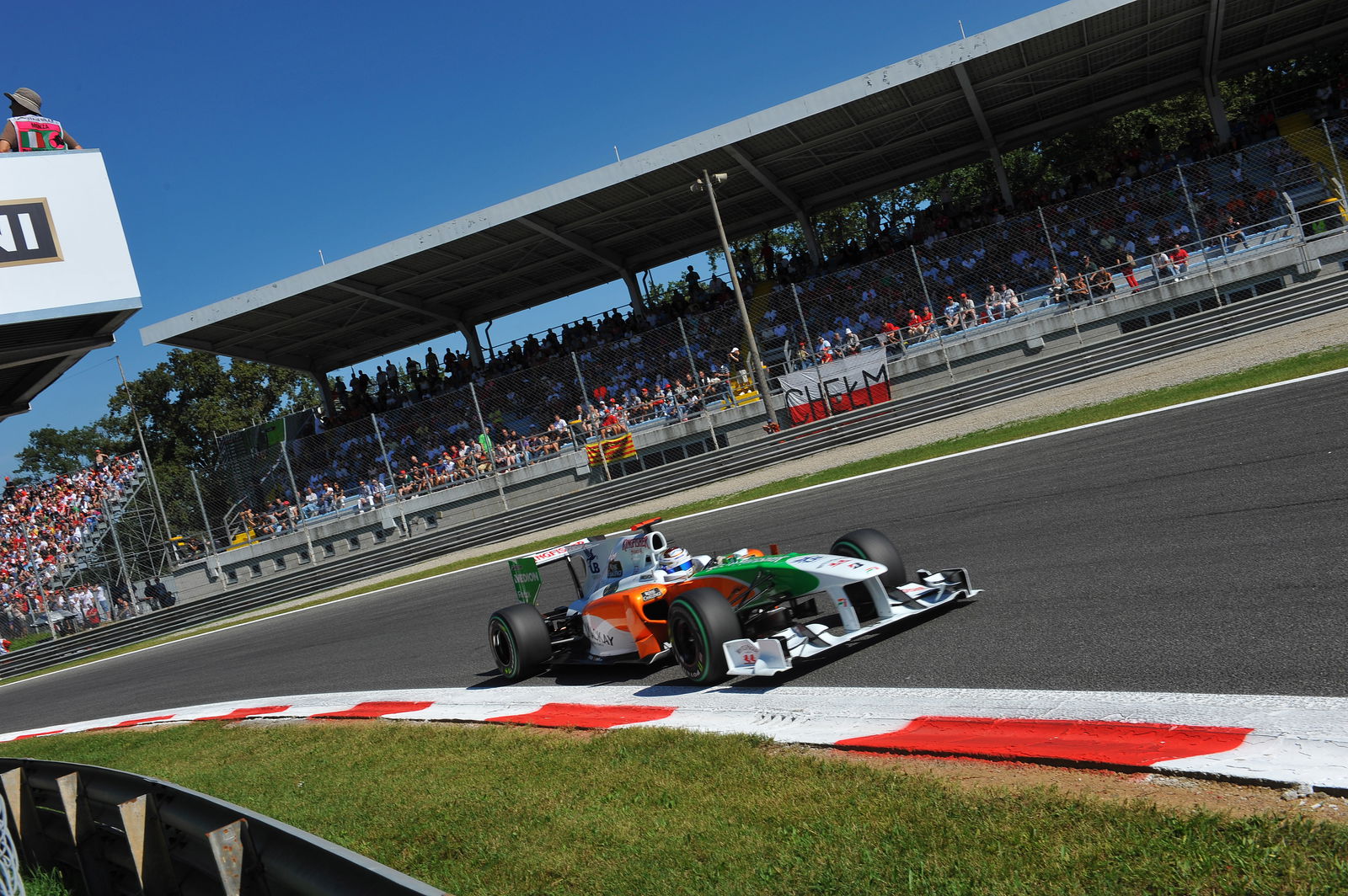Hiroshi Yasukawa's Bridgestone F1 Story - Pt.1

After a brief motor racing programme of his own, Hiroshi Yasukawa realised the importance of motor sport and how it could bring the Bridgestone brand to a worldwide audience and show that the qualities of the product which were well known and respected in the home market also bore close scrutiny on the world stage.
Now director of Bridgestone Motorsport, Hiroshi Yasukawa offers a fascinating insight into how Bridgestone's motorsport division came into being in a three-part feature. Here, he explains how his love for motorsport developed.
"In 1962, when I was twelve years old, I saw my first motor racing event, the motorcycle grand prix in Japan. This was, in fact, the first official world championship motor cycle race in Japan. I enjoyed watching famous riders like Jim Redman, Tommy Robb and Ernst Degner and their impact was very strong on my future - from then on, I wished to be a motorcycle rider or car racer.
"When I was at high school I was racing bicycles. I worked with a well known bicycle shop to create a very fast bike with all the best parts. Today, the Japanese company Shimano is the biggest bicycle component manufacturer in the world but, when I was a boy, the Italian make, Campagnolo, was the best. My bicycle frame was not aluminium or carbon fibre, it was steel, a Reynolds 531 from England. My wheels were made by Mavic from France. This made me realise that there was good expertise around the world and gave me a desire to travel and learn more about the world outside Japan.
"When I was 16 years old, I took my driving test and got a licence which allowed me to drive a car up to 360cc maximum capacity. Small cars like these were popular at the time and my father bought me a small Honda. I drove everywhere in my little car. I covered maybe 40,000 km per year just for pleasure, all with just 360cc to power me along! At that time I liked driving very much. Roads in Japan at that time were not very good quality but always I was just driving, driving, driving!
"I also competed in motor gymkhanas which are events which test your driving skills. I graduated to the R class when I was 18 and I became the 1969 champion. The R class is an open modification class for cars up to 500cc capacity. You would see cars with saloon bodies, open two seaters and even single seaters. The competition was fantastic.
"However, at that time, motor racing safety was not as good as it has become today. In Japan, there were many accidents and I lost some friends. It was a dangerous time. My father had a good job with a car manufacturer and my motor racing activities did not sit well with them. And, at the same time, I was thinking very hard about whether I should become a professional racing driver. It was a very difficult thing to consider. My father said 'you have to go outside Japan', so I went to USA when I was 20 or 21 years old.
"To get from Japan to America, I took an American passenger boat, but the only way to get a ticket was to go first class. That was not so bad! Those two weeks were one of the best times of my life. My original schedule was to stay two months in the US, but I stayed six months, extended my visa and had many great experiences.
"At that time, I was very young and everything was challenging. I had to make a decision about what to do after university. I personally wanted to work for a company related to the car industry, especially motorsport, so it was good that I came to work for Bridgestone in 1972.
"However, for motorsport prospects the initial outlook was not good. At the end of 1971, there was the dollar shock. At that time, one dollar equalled around 360 Yen but the rate fell to around 308, which was not good for Japanese exports and suddenly Bridgestone's profits were reduced.
"Then, in 1972, there was the global economic crisis. At the same time in motorsport, there was a big accident at Fuji, where I lost another two friends. Because of all these factors Bridgestone stopped their pursuit of motorsport activities. This meant that, for my first three years, I worked in the marketing department for Bridgestone. I also worked on getting wider wheel sizes for the alloy wheels which were coming into more popular use at the time.
Part two to follow......
